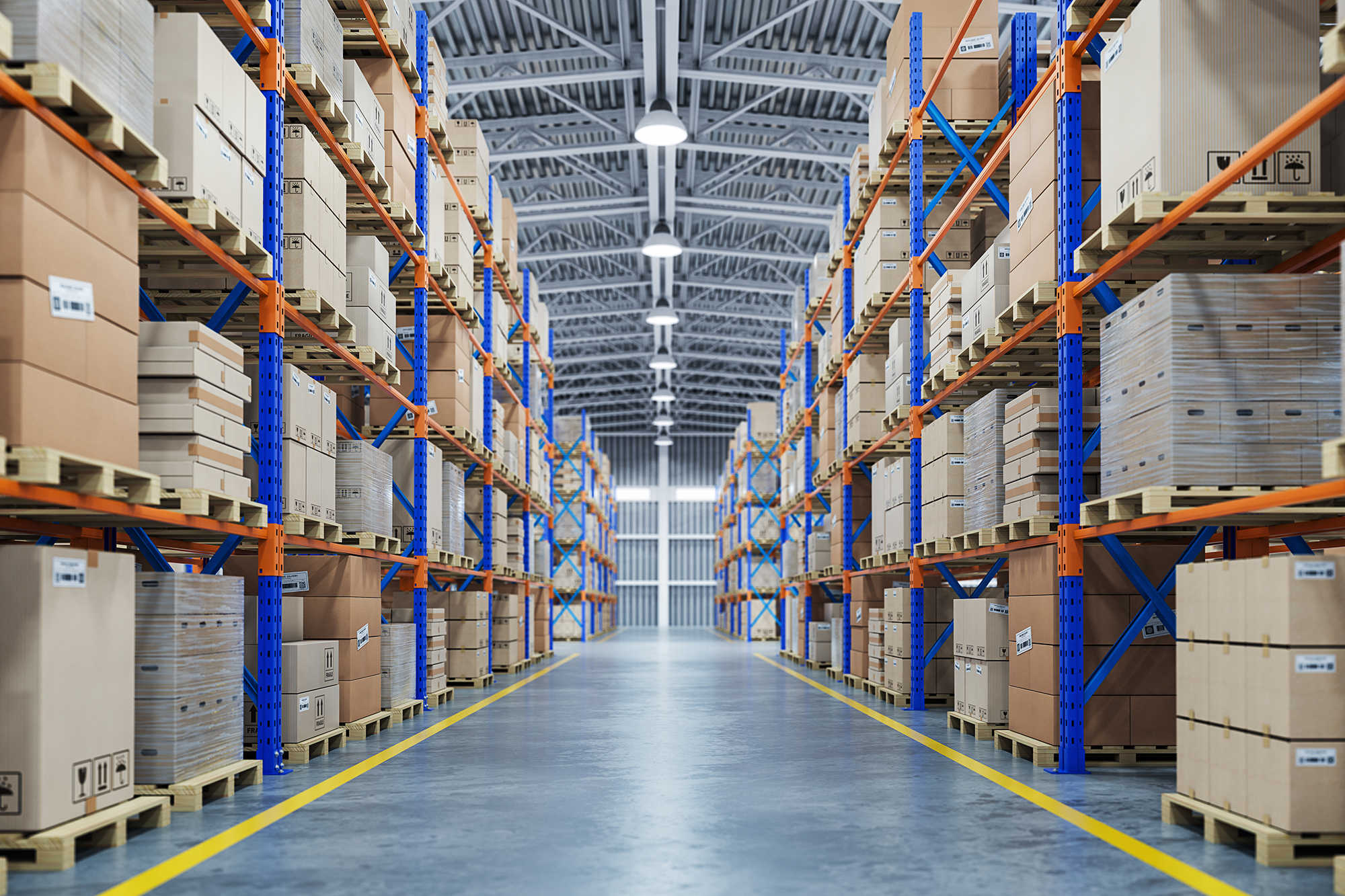Digital twins are virtual models of real objects that are transforming Industry 4.0. They utilize technologies such as the Internet of Things (IoT), artificial intelligence, and data analysis to create precise simulations, allowing machines to be tested without physical contact or predicting failures before they occur.
The concept of digital twins originated in 1991 with David Gelernter, and in 2002, Michael Grieves applied it to manufacturing. In 2010, NASA adopted digital twins to simulate spacecraft, marking a significant milestone.
Companies like GE and Siemens offer digital twin solutions that help predict problems, improve processes, and save costs. In medicine, digital twins are used to plan organ donations and train surgeons, while in logistics, they optimize container fleet management and the design of more efficient systems.
How Do Digital Twins Work in Practice?
Digital twins are virtual replicas of physical objects or systems, revolutionizing how we understand and improve processes. Their operation is based on collecting real-world data through IoT sensors, integrating them into a digital environment, and using them to create accurate virtual simulations. These simulations allow predictive analysis and real-time monitoring, facilitating informed decision-making and operational optimization.
A digital twin consists of three fundamental components: the physical object, its virtual representation, and the data connections between the two. These connections allow for continuous information transfer, ensuring that the digital twin reflects the current state of the physical object at all times.
Thanks to advanced analytics and simulation models, digital twins provide deep insight into performance and allow for the anticipation and mitigation of problems before they occur.
Key Components of a Digital Twin
A digital twin is composed of several key elements that enable it to function effectively and accurately:
- IoT Connectivity: Crucial for real-time data collection from the physical object. Distributed sensors capture operational and environmental information, which is used to continuously update the digital twin.
- Data Homogenization: The integration of data from various sources into a uniform format allows for coherent and detailed analysis, essential for the precise functioning of the digital twin.
- Smart Reprogramming: Digital twins can adapt and be reprogrammed according to operational needs, providing flexibility and the ability to quickly respond to environmental changes.
- Digital Traces: They record all activities and statuses of the physical object, allowing for anomaly detection and the identification of continuous improvement opportunities.
- Modularity: The modular structure of the digital twin facilitates its development, maintenance, and scalability, allowing components to be adjusted or expanded as needed.
These components work together to create an accurate digital representation of the physical object, allowing simulations, analysis, and optimizations to take place in a safe environment.
Key Benefits of Implementing Digital Twins
The implementation of digital twins brings several key benefits to companies:
- Operational Efficiency: Increases productivity by enabling continuous and detailed monitoring of processes and equipment, helping to quickly identify and resolve issues.
- Reduction in Maintenance Costs: By anticipating and planning maintenance based on real data, operational costs are significantly reduced, and unplanned downtime is minimized.
- Agility in the Supply Chain: Digital twins optimize inventory management and logistics operations, improving efficiency and reducing costs in the supply chain.
- Optimization of Decision-Making: They provide a solid database and predictive analysis to support strategic decisions, leading to process improvements and faster market responses.
- Reduction in Time to Market: They facilitate the creation and validation of virtual prototypes, reducing the time and cost associated with developing new products.
- Customer Satisfaction: By improving the quality and personalization of products and services, digital twins contribute to increased customer satisfaction.
According to a Deloitte study, digital twins help predict defects and optimize production, which is critical for maintaining competitiveness in Industry 4.0.
Types of Digital Twins by Application
Digital twins are divided into several types based on their specific application:
- Digital Twin Prototype (DTP): Used to design and test products before manufacturing. It allows for improvements and optimizations to be identified in the early stages of the product life cycle.
- Digital Twin Instance (DTI): Applies to products that are already in use. It facilitates real-time monitoring and predictive maintenance, improving operational efficiency and reducing costs.
- Digital Twin Aggregate (DTA): Integrates data from multiple instances to analyze collective performance and optimize the overall efficiency of systems or processes.
- Process Twins: Focus on the optimization of specific processes, such as production or assembly, improving efficiency and reducing waste.
- System Twins: Encompass entire production lines or complex systems, allowing for comprehensive management and large-scale optimization.
Industries and Sectors Leveraging Digital Twin Technology
Digital twin technology is revolutionizing multiple industrial sectors in Argentina and around the world:
- Energy: Optimization of turbines and engines through predictive maintenance and resource planning, improving efficiency and reducing operational costs.
- Healthcare: Enhances patient care by closely monitoring indicators and designing personalized treatments.
- Automotive: Allows for vehicle simulation before production, optimizing design and increasing the efficiency of manufactured cars.
- Logistics: Manages fleets and monitors shipments in real-time, optimizing routes and reducing delivery times.
- Manufacturing: Guides the entire production process, from design to assembly, helping to avoid failures, save energy, and reduce emissions.
Success Cases and Real-Life Examples of Digital Twins
Digital twins are revolutionizing various industrial sectors by offering innovative solutions for process optimization, cost reduction, and improved operational efficiency. Here are some standout cases that illustrate the impact of this technology across different industries:
- Logistics Optimization: Tenaris Silcotub Case Tenaris Silcotub, in collaboration with Eurystic, implemented a digital twin to optimize its complex production system, consisting of distant factories connected by various means of transportation. The project focused on creating a dispatch program between factories with the following main objectives:
- Minimizing inefficiencies in the factories
- Avoiding fines for wagon overstays by predicting and informing the exact quantity required
- Minimizing non-compliance with the production schedule of consuming factories
- Predicting stock levels and overall system performance
Eurystic developed a digital twin simulator capable of capturing real-time system data, designed specifically to solve the challenge presented. This case demonstrates how digital twins can optimize complex production systems, improving logistical efficiency and reducing operational costs in industries with multiple interconnected facilities.
- Gas Turbine Management: Siemens Case Siemens introduced a digital twin to manage a new line of gas turbines acquired from Rolls-Royce. This digital twin, developed using the AnyLogic platform, allowed Siemens to simulate turbine fleet operations, optimizing operational visualization and identifying bottlenecks.
The Siemens digital twin not only helped predict the system’s KPIs but also enabled the exploration of hypothetical “what-if” scenarios to inform investment and maintenance decisions. Thanks to this tool, Siemens efficiently managed the entire turbine lifecycle, from development to operation, resulting in significant cost reductions and improved operational reliability.
- Automotive and Manufacturing Industry: CNH Industrial Case CNH Industrial, one of the world’s largest manufacturers of capital goods, implemented a digital twin to oversee and optimize its commercial vehicle production lines. With the help of Fair Dynamics, they created a digital twin prototype to evaluate maintenance policies and optimize the operation of assembly and welding lines.
This digital twin used real-time sensor data, machine learning techniques, and agent-based modeling to simulate different maintenance policies and determine the remaining useful life of components. The implementation of the digital twin allowed CNH Industrial to significantly reduce maintenance costs and improve the operational efficiency of its production lines.
- Oil Production Optimization: Repsol Case Repsol implemented a digital twin to optimize its operations in oil production, enabling more efficient asset management. By using advanced simulations, Repsol was able to improve maintenance planning, predict problems before they occurred, and reduce operational costs. This technology helped maximize the utilization of resources, improving both safety and productivity in their operations.
- Spacecraft Simulation: NASA Case NASA was one of the first to adopt digital twins to simulate and manage their spacecraft. These twins allow NASA engineers to monitor and predict spacecraft behavior in real time, which is crucial for mission planning and troubleshooting in flight. This technology has played a key role in space exploration, enabling exhaustive virtual testing that reduces the risks and costs associated with space missions.
The adoption of digital twins is on the rise, with the market projected to reach $35.8 billion by 2025, driven by the benefits of operational efficiency and the ability to transform business processes. This technology not only improves productivity but also facilitates innovation by allowing virtual prototyping and validation in simulated environments, reducing the costs of creating physical prototypes and preventing problems before they occur.
Adopting digital twins not only improves efficiency and reduces costs but also fosters innovation and service personalization, allowing companies to quickly adapt to market demands and offer more precise, customer-centered solutions. The presented examples show how digital twins are being used by large companies to optimize their operations and improve process efficiency, solidifying themselves as an essential tool in the digital transformation of industries.




